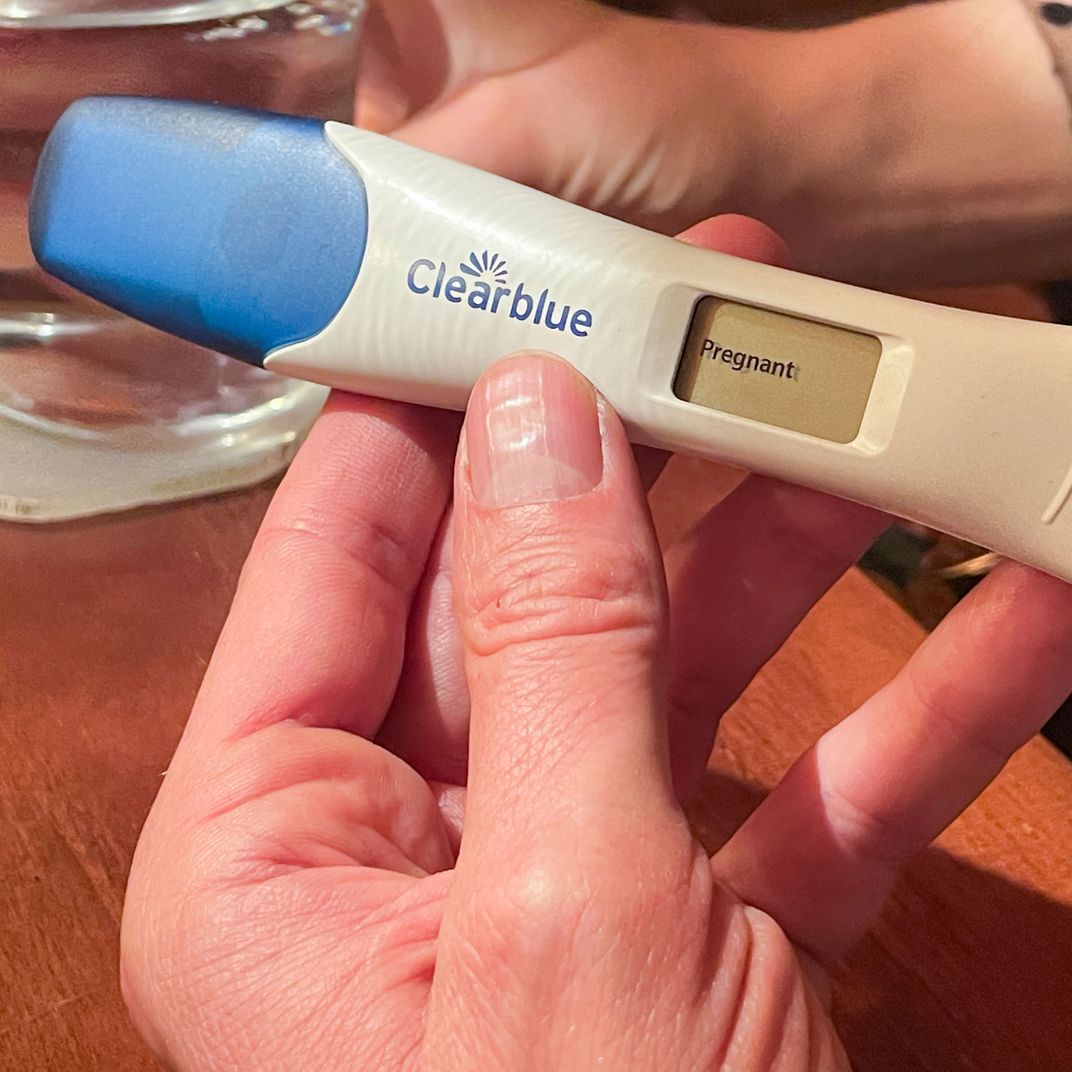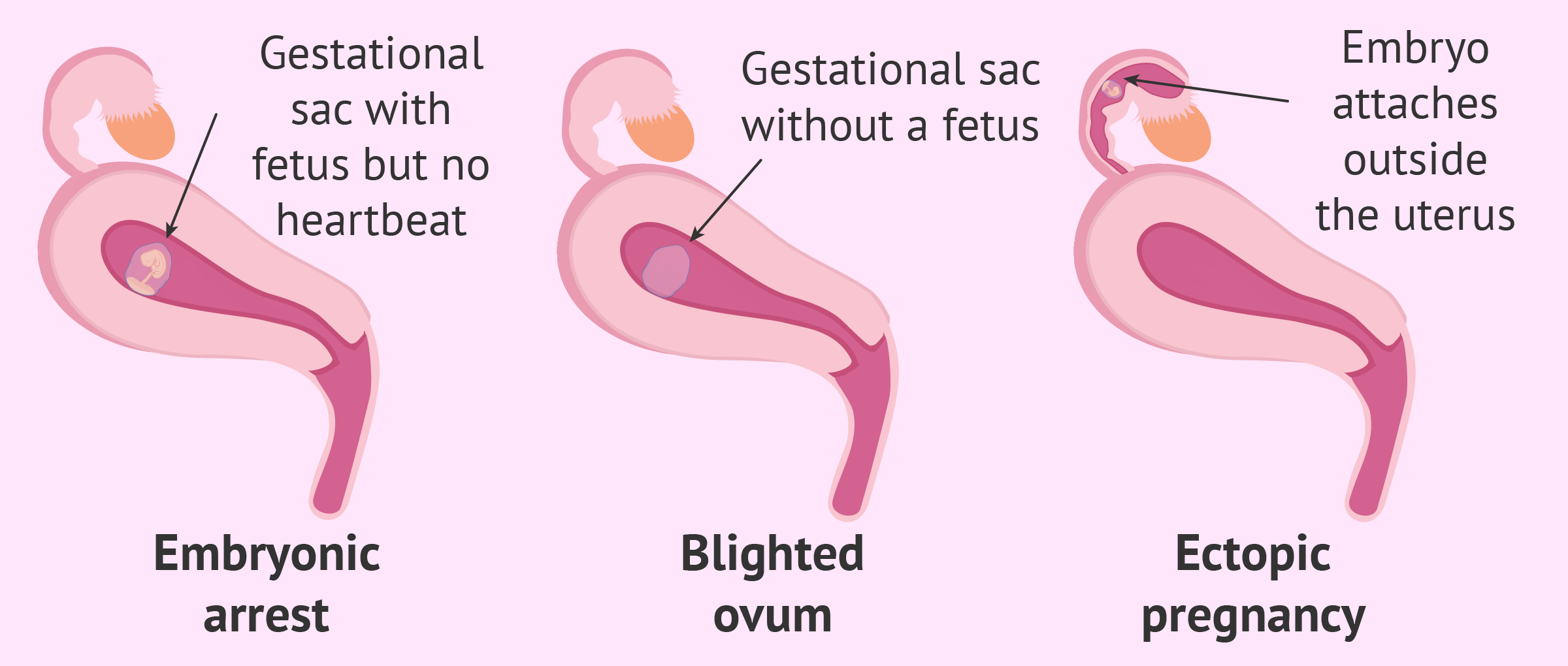Let’s talk about something real, something raw, and something that affects so many women worldwide—miscarriage. The term "images of a miscarriage tissue" might feel heavy, emotional, and even triggering for some. But it’s crucial to address it openly, compassionately, and with the right information. Whether you’re someone who has experienced this or knows someone who has, understanding what happens during a miscarriage can bring clarity and comfort.
When we talk about miscarriage, it’s not just a medical term—it’s a deeply personal experience. And part of that experience, unfortunately, may involve seeing or identifying the physical signs of a miscarriage, including tissue. This topic isn’t easy to discuss, but it’s necessary. By shedding light on what happens during a miscarriage, we hope to provide support, education, and empowerment for those navigating this difficult journey.
Our goal here is to offer you accurate, reliable, and empathetic information. We’ll explore what miscarriage tissue looks like, how it might appear, and why understanding this process is vital. Let’s dive in, shall we?
What Are Images of a Miscarriage Tissue?
Before we get too deep into the details, let’s define what we’re talking about. When a miscarriage occurs, the body expels tissue related to the pregnancy. This can include blood clots, tissue resembling small sacs, and other materials. For many, seeing these images can be overwhelming, but it’s important to know that this is a natural part of the process.
Now, here’s where things can get tricky. Not everyone will experience the same symptoms or see the same types of tissue. Factors such as how far along the pregnancy was, the individual’s body type, and even the type of miscarriage can influence what someone might encounter. That’s why having a clear understanding of what to expect can make all the difference.
Why Is It Important to Understand This Topic?
Understanding images of miscarriage tissue isn’t just about preparing yourself for the physical aspects—it’s also about emotional readiness. Knowing what to expect can help reduce fear and uncertainty, which are common emotions during this time. Plus, being informed allows you to communicate better with healthcare providers and seek the support you need.
- It helps normalize the experience.
- It provides clarity during a confusing time.
- It empowers you to ask the right questions.
Common Types of Tissue Seen After a Miscarriage
So, what exactly might you see? The appearance of miscarriage tissue can vary widely from person to person. Here’s a breakdown of some common characteristics:
Appearance of Blood Clots
Blood clots are often one of the first things people notice after a miscarriage. These clots can range in size from small to large and may appear dark red or brown. While they might look alarming, blood clots are a normal part of the body’s response to shedding uterine lining.
Sac-Like Structures
Some individuals may notice tissue that resembles a sac. This is typically the gestational sac, which surrounds the embryo during early pregnancy. It can appear as a small, round structure and may contain fluid. Seeing this can be particularly emotional, so it’s important to prepare yourself mentally if you anticipate encountering it.
Other Tissue Types
In addition to blood clots and sac-like structures, you might see tissue that looks like clumps or stringy material. This is usually part of the placental tissue or uterine lining being expelled. Again, the exact appearance can differ based on individual circumstances.
How Does Timing Affect What You See?
The timing of the miscarriage plays a significant role in determining what kind of tissue you might encounter. Here’s how:
Early Miscarriage (Up to 8 Weeks)
During an early miscarriage, the tissue expelled may look more like heavy menstrual bleeding with larger clots. You might also notice the gestational sac, but it could be smaller and less defined.
Later Miscarriage (After 8 Weeks)
As the pregnancy progresses, the tissue expelled may become more distinct. By this stage, you might see more developed structures, including the placenta and fetal tissue. This can be especially challenging emotionally, so having support systems in place is crucial.
Emotional Impact of Seeing Miscarriage Tissue
It’s impossible to talk about images of miscarriage tissue without addressing the emotional toll. For many, seeing this type of tissue can trigger intense feelings of grief, shock, or even guilt. It’s essential to acknowledge these emotions and allow yourself the space to process them.
Ways to Cope
- Talk to someone you trust—whether it’s a friend, family member, or therapist.
- Keep a journal to express your thoughts and feelings.
- Practice self-care by engaging in activities that bring you comfort.
Remember, it’s okay to feel overwhelmed. You’re not alone, and seeking help is a sign of strength, not weakness.
Medical Perspective: What Doctors Say
Healthcare professionals play a critical role in guiding individuals through the miscarriage process. According to studies published in reputable journals like the American Journal of Obstetrics & Gynecology, understanding the physical signs of miscarriage is key to ensuring proper care.
Doctors emphasize that seeing tissue after a miscarriage is a normal part of the process. However, they also stress the importance of monitoring for complications, such as excessive bleeding or infection. If you experience any concerning symptoms, don’t hesitate to reach out to your healthcare provider immediately.
Support Systems: Who Can Help?
No one should navigate the aftermath of a miscarriage alone. Building a strong support system is vital for both physical and emotional recovery. Here are some options:
Friends and Family
Lean on the people closest to you. They may not fully understand what you’re going through, but their presence can make a world of difference.
Support Groups
Joining a support group, either in person or online, can connect you with others who have experienced similar losses. Sharing stories and advice can be incredibly healing.
Therapists and Counselors
For those struggling with overwhelming grief, professional counseling can provide valuable tools for coping and healing.
Preventing Future Losses
While there’s no guaranteed way to prevent miscarriage, there are steps you can take to promote a healthy pregnancy:
- Stay up-to-date with prenatal care.
- Adopt a balanced diet rich in essential nutrients.
- Avoid smoking, alcohol, and drugs.
- Manage stress through relaxation techniques like yoga or meditation.
It’s also worth noting that most miscarriages are caused by chromosomal abnormalities and are beyond anyone’s control. Blaming yourself is unnecessary and unproductive.
Conclusion: Moving Forward with Strength
In conclusion, understanding images of miscarriage tissue is an important step in coping with the experience. By educating yourself about what to expect, you can approach this challenging time with greater confidence and resilience. Remember, it’s okay to feel a wide range of emotions, and it’s okay to ask for help.
We encourage you to share this article with others who might benefit from it. Together, we can create a supportive community where no one feels alone in their journey. And if you’re ready to learn more, check out our other resources on reproductive health and wellness.
Table of Contents
- What Are Images of a Miscarriage Tissue?
- Why Is It Important to Understand This Topic?
- Common Types of Tissue Seen After a Miscarriage
- How Does Timing Affect What You See?
- Emotional Impact of Seeing Miscarriage Tissue
- Medical Perspective: What Doctors Say
- Support Systems: Who Can Help?
- Preventing Future Losses
- Conclusion: Moving Forward with Strength
Thanks for sticking with me through this heavy topic. If you’ve got questions or want to share your story, drop a comment below. Let’s keep the conversation going!


